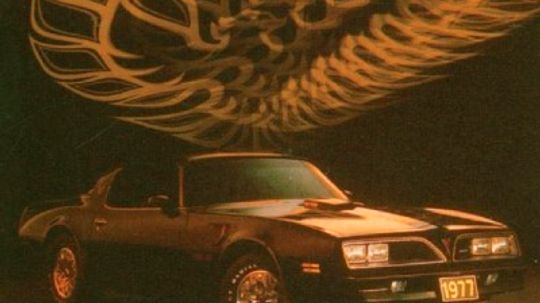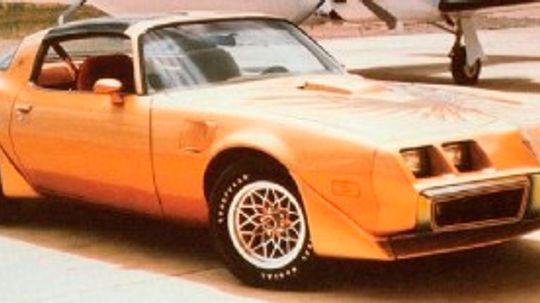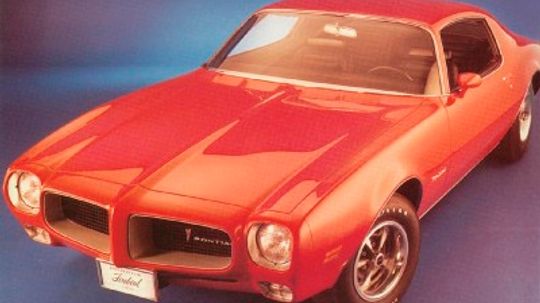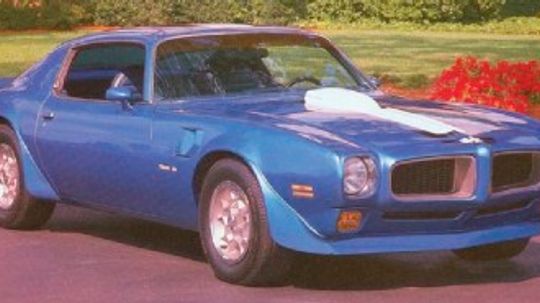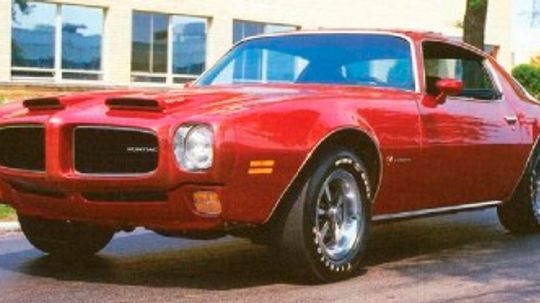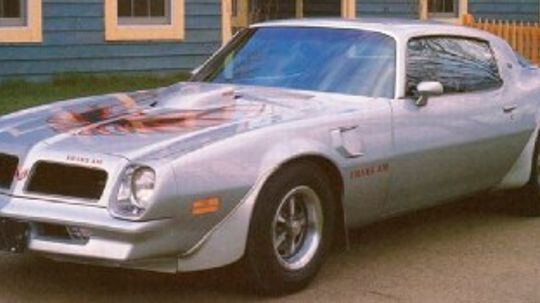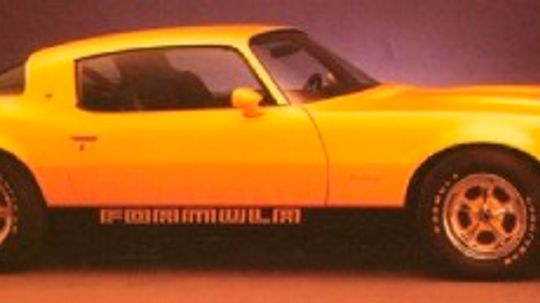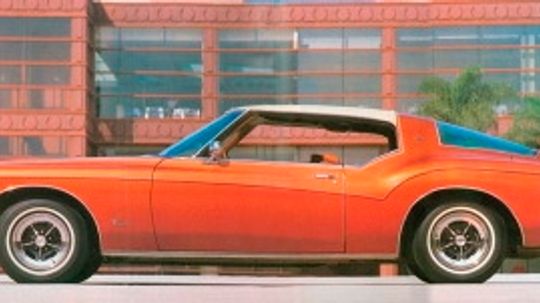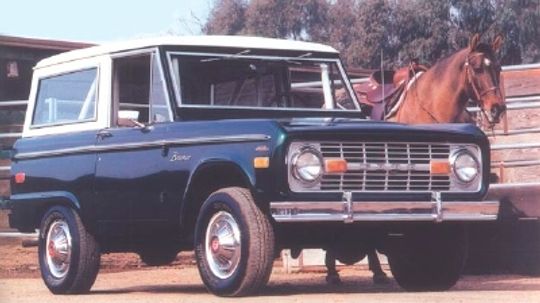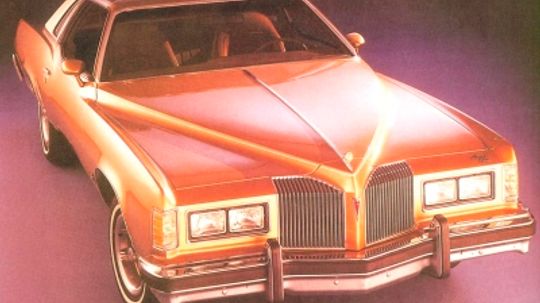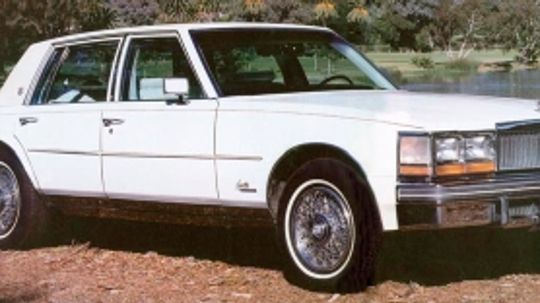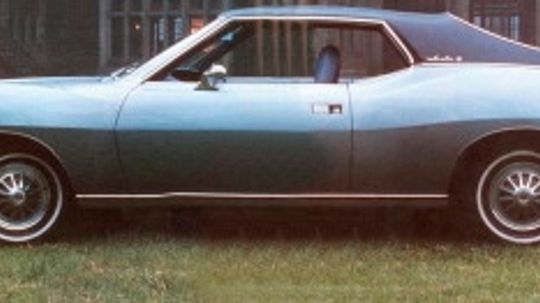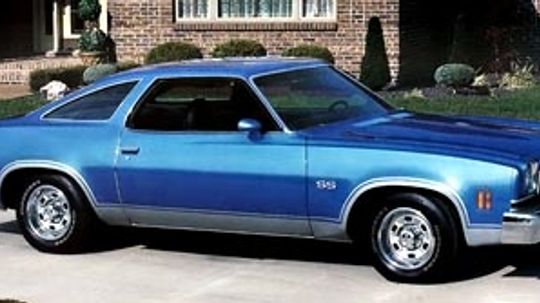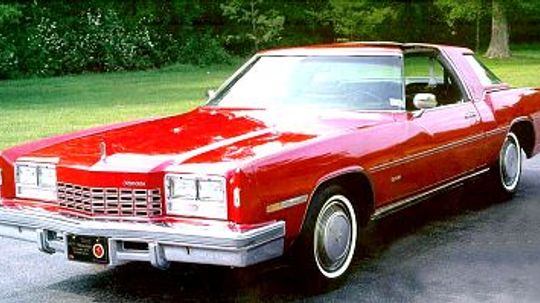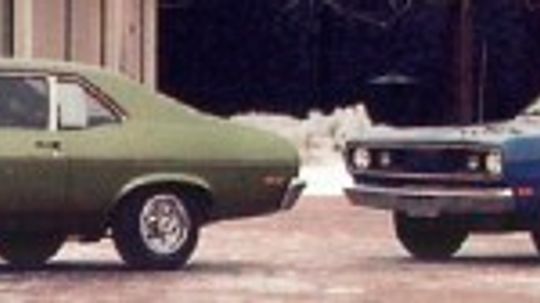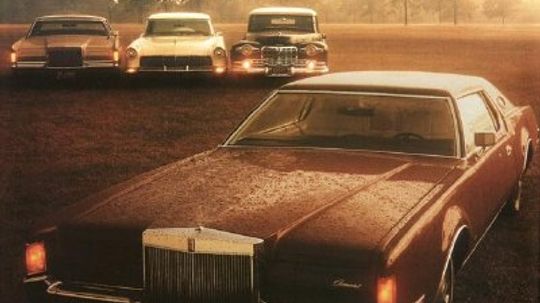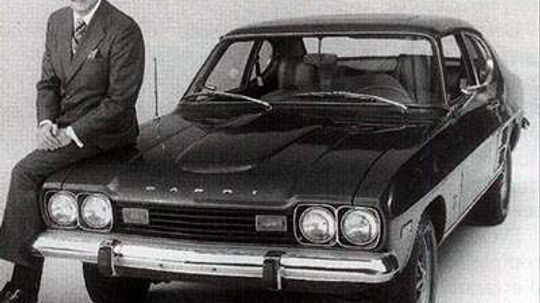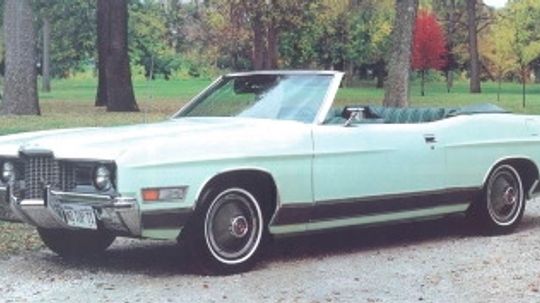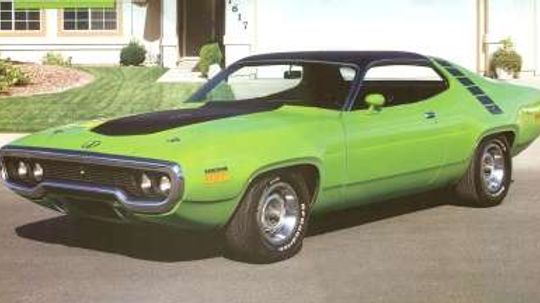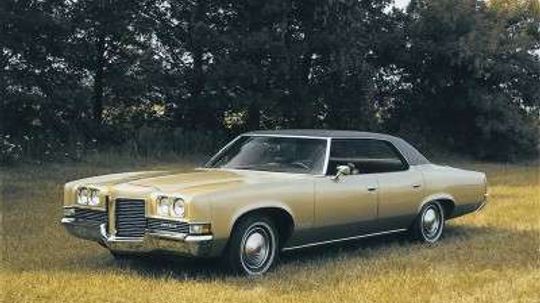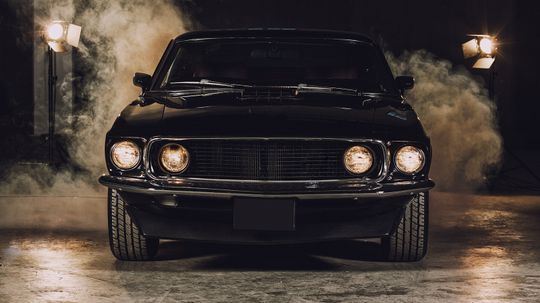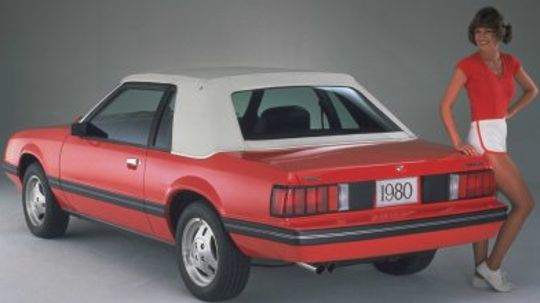1970s Classic Cars
The early 1970s oil crisis saw sales of muscle cars and other gas-guzzlers wane while smaller, compact cars gained popularity. Learn more about 1970s cars in this section.
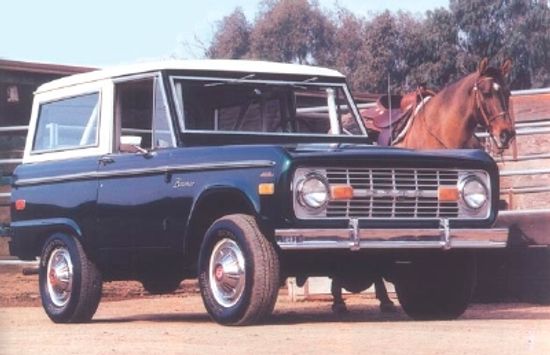
1966-1977 Ford Bronco
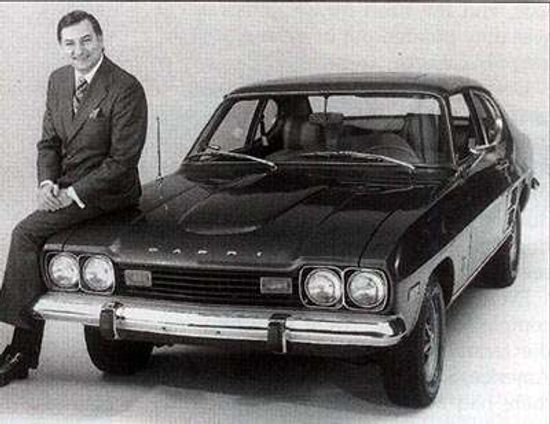
1971-1978 Ford Capri/Capri II
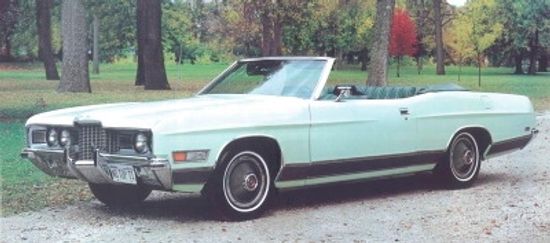
1971 Ford LTD Convertible Coupe
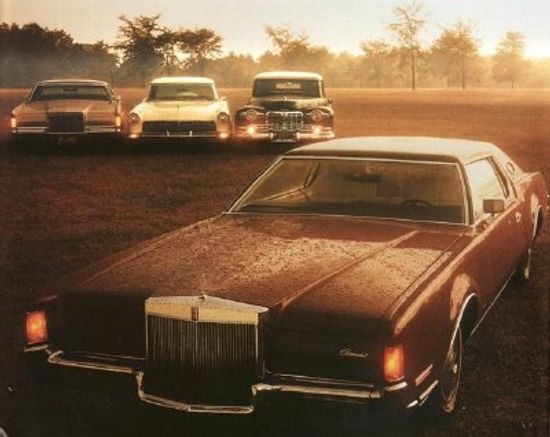
1972-1976 Lincoln Continental Mark IV
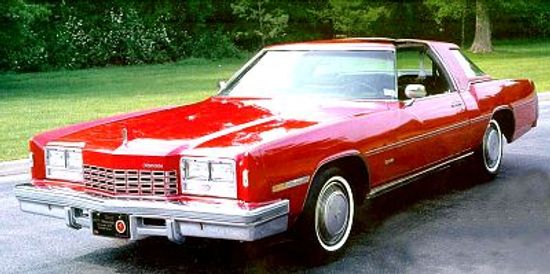
1977 Oldsmobile Toronado XSR Coupe

1970-1976 Plymouth Duster
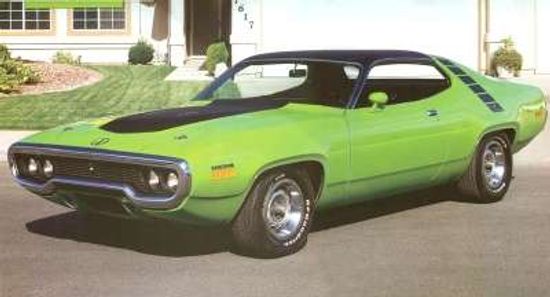
1971 Plymouth Road Runner
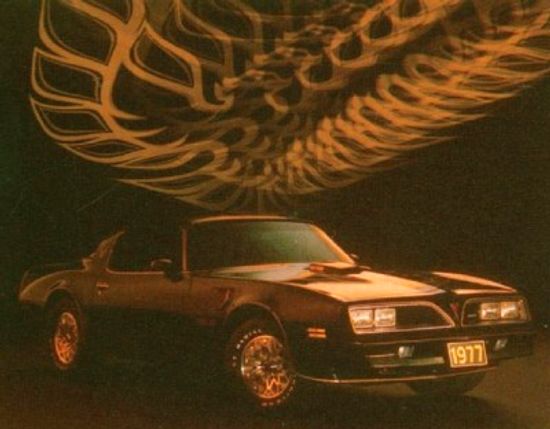
1977 Pontiac Firebird Trans Am and Formula
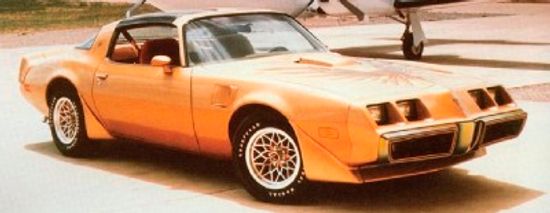
1979 Pontiac Firebird Trans Am and 10th Anniversary Trans Am
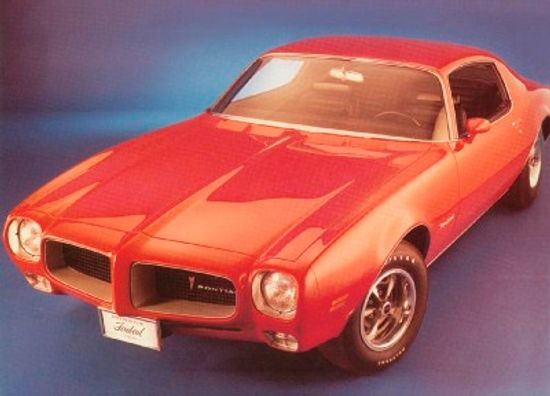
1970 1/2 Pontiac Firebird
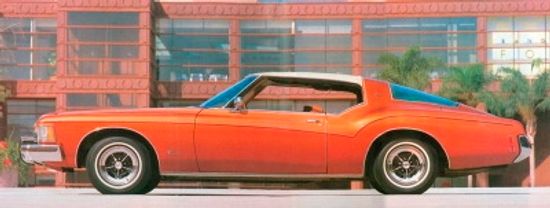
1971-1973 Buick Riviera
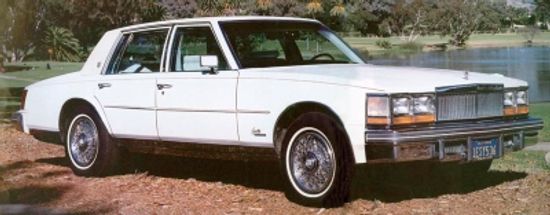
1976-1979 Cadillac Seville
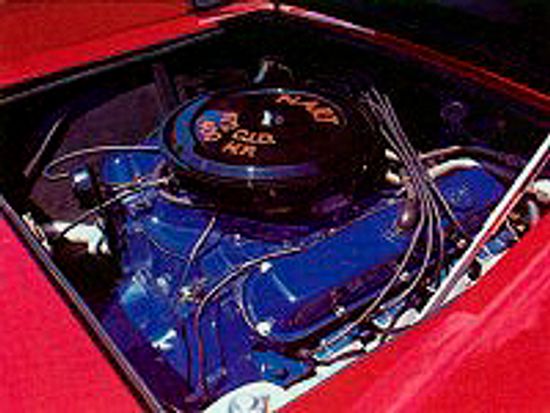
1970 Cadillac NART Zagato
Learn More
Pontiac stylists had the ability to periodically impart a refreshing new look to the 1977 Pontiac Firebird Trans Am and Formula without serious modifications to the actual sheetmetal. Learn more about these Pontiacs in this article.
The 1979 Pontiac Firebird Trans Am and 10th Anniversary Trans Am debuted a new look for Firebirds. Learn more the 1979 Pontiac Firebird Trans Am and the 10th Anniversary Trans Am in this article.
Bill Mitchell, GM's design chief, had complained that the first Firebird "had no real identity." This was not the case with the 1970 1/2 Pontiac Firebird. Learn more about this muscle car here.
Advertisement
Trans Am already was in the process of developing a legion of aficionados, but you wouldn't know it from the year-end figures from 1972. Learn more about rare 1972 Pontiac Firebird Trans Am.
A bold new eggcrate grille decorated the front end of the base Firebird, Esprit, and the 1973 Pontiac Firebird Formula; but something far bolder could be tucked beneath the Formula's hood. Learn more about the details surrounding the 1973 Pontiac Firebird Formula.
By the time the 1976 Pontiac Firebird Trans Am hit the market, Trans Ams had found their niche. Despite ever-higher prices, output rose again as Pontiac sold one Trans Am for every three Firebirds. Learn more about the 1976 Pontiac Firebird Trans Am.
The 1976 Pontiac Formula Firebird had a new appearance package that featured bold FORMULA graphics along door bottoms and rocker panels. Learn more about the 1976 Pontiac Formula Firebird in this article.
Advertisement
The 1971-1973 Buick Riviera was a combination of luxury, performance, and elegant styling. But this was something not everyone agreed on. The Rivera was a car most people either loved or hated. Find out why.
The 1966-1977 Ford Bronco offered the best of both freeway and off-road driving. Ford developed the Bronco as an answer to the growing popularity of off-road vehicles. Learn more about the 1966-1977 Ford Bronco.
The 1973-1977 Pontiac Grand Prix had little performance gains due to strict emissions standards. As a result, GM turned to luxury as a selling point for the Grand Prix. Learn more about the 1973-1977 Pontiac Grand Prix.
The 1976-1979 Cadillac Seville started an automotive revolution of downsizing due to high gas prices and smog regulations. The Seville became the smallest and most fuel-efficient sedan in Cadillac's lineup. Read more about this classic American luxury car.
Advertisement
The 1970 Cadillac NART Zagato was built by GM and Luigi Chinetti to compete with Ferrari's legendary gran turismo cars. GM later dropped out due to numerous delays and the economic difficulties. So what became of the Cadillac NART Zagato? Read on to find out.
The 1968-1974 AMC Javelin was a competitive response to the successful Ford Mustang. The Javelin's performance rated high, with excellent handling and speeds that could match the likes of Mustangs and Camaros. Learn more about the AMC Javelin.
The Chevelle SS earned a place among the top muscle cars of the era. It came in a number of trims and colors while the 350 engine was rated at 145 net horsepower. See pictures and learn why this classic car was one of the era's finest.
The XSR was a 1977 Toronado sent to American Sunroof Corporation (ASC) for a T-top conversion. This was no typical conversion, but a power T-top with glass panels that slid under a wide center bar. Check out the 1977 Oldsmobile Toronado XSR Coupe.
Advertisement
The 1970-1976 Plymouth Duster was a slick, fastback model that was enthusiastically snapped up by buyers. Featuring a vibrant paint job and sporty touches like Rallye wheels, it was an attractive and popular mini-muscle car. Read more.
The 1972-1976 Lincoln Continental Mark IV was the brain child of Lee Iacocca. Though the name was used on a 1950s Lincoln, it was reincarnated in the 1970s as a luxury personal coupe. Learn more about the 1972-1976 Lincoln Continental.
Ford Motor Company thought it was launching a European Mustang when its British and German branches developed the sport coupe. The Ford Capri, first sold in Europe, was a hit as a Mercury in the United States. Check out the Capri/Capri II and see pictures of this car.
The 1971 Ford LTD Convertible Coupe was the first ragtop introduced in the very popular LTD series. Standard equipment included power front disc brakes, a self-regulating clock and woodgrain interior appliques. Read about and see pictures of this classic car.
Advertisement
The 1971 Plymouth Road Runner hardtop coupe had a sleek look and great performance. The car was first introduced by Plymouth as a stripped-down cheaper alternative to the more stylish GTX. See photos and explore features of the 1971 Road Runner.
The 1971-1976 Pontiac models marked the end of a successful era of large performance-oriented cars. Government-mandated emissions standards and rising insurance rates cut into sales of high-performance cars. Follow the Pontiac story in the early 1970s.
The 1971-1980 Ford Pinto was a marketing success however it faced a fire controversy during its run. The car was designed to compete with the growing Japanese subcompact class of cars. Learn all about the history of the 1971-1980 Ford Pinto.
The Mustang II was reasonably popular in its time, but history has pushed it to the bottom of fans' consciousness. Find out how an energy crisis and government regulations broke this pony car.
Advertisement
Mustang began a second revolution with the sophisticated "New Breed" of 1979. It was a new kind of Ford pony car but was every inch a Mustang. Learn more about the 1979-1981 Ford Mustang.
